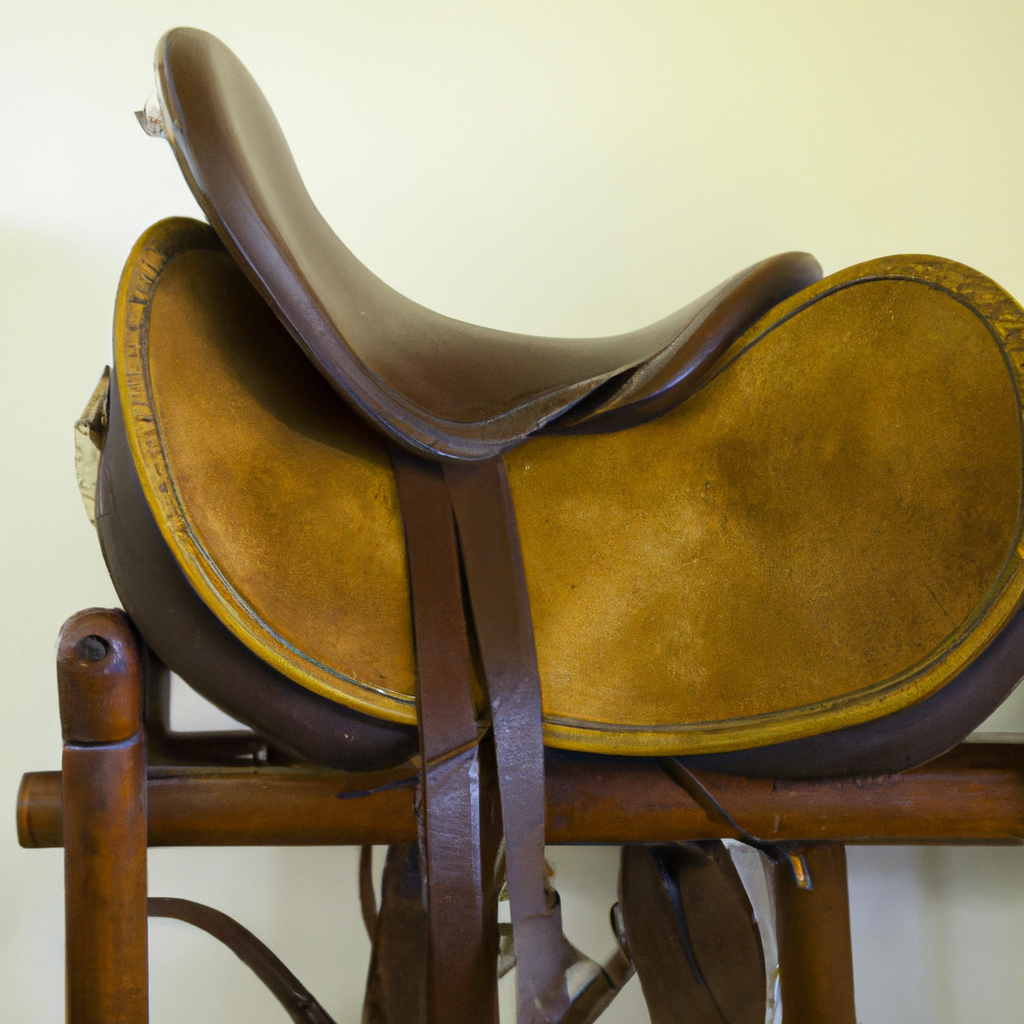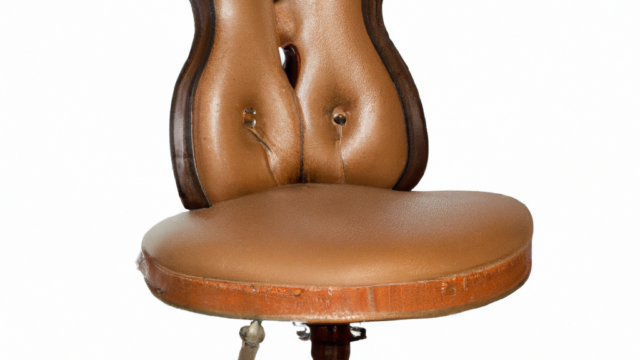When it comes to maintaining good posture and alleviating discomfort during prolonged periods of sitting, choosing the right chair is crucial. One innovative solution gaining popularity in recent years is the saddle chair. Unlike traditional chairs, saddle chairs are designed to mimic the shape of a saddle, promoting better spinal alignment and reducing strain. This article will guide you through the factors to consider when selecting the perfect saddle chair to ensure maximum comfort and productivity.

Understanding Saddle Chairs
Saddle chairs are ergonomically designed seats that resemble horse saddles. They come with a unique shape that opens up the angle between the thighs and the torso, promoting a more natural and upright posture. This design helps to distribute the body’s weight evenly across the pelvis, reducing pressure on the lower back and promoting better circulation.
Benefits of Using Saddle Chairs
Before delving into the factors for choosing a saddle chair, let’s explore the benefits they offer. Saddle chairs can help alleviate back pain, improve core strength, and enhance overall comfort. Their tilted seat design encourages an open hip angle, which is known to reduce pressure on the lumbar spine. Additionally, saddle chairs engage the core muscles, leading to improved posture and reduced strain on the spine.
Factors to Consider When Choosing a Saddle Chair
1. Choosing the Right Height
Finding the correct height is paramount when selecting a saddle chair. Your feet should rest flat on the ground, and your knees should form a 90-degree angle. This ensures optimal comfort and prevents circulation issues.
2. Seat Cushioning and Material
The quality of the seat cushioning and material impacts both comfort and durability. Look for high-density foam and breathable upholstery that provides support without causing discomfort.
3. Adjustability and Tilt
An adjustable saddle chair allows you to customize the seat’s tilt and height to your preference. The ability to tilt forward and backward supports dynamic sitting, which can prevent stiffness.
4. Base and Casters
A stable base with smooth-rolling casters ensures easy movement and stability. Opt for a five-star base with robust casters for optimal performance.
5. Backrest Design
While traditional saddle chairs lack backrests, some models come with optional back support. Consider your preferences and the nature of your tasks when deciding on a backrest.
6. Weight Capacity
Check the weight capacity of the saddle chair to ensure it can accommodate your body weight comfortably.
7. Ergonomic Design
Ergonomics play a vital role in saddle chair comfort. Look for designs that encourage a neutral spine position and support your body’s natural curves.
8. Price and Budget Considerations
Saddle chairs come in a range of prices. While it’s tempting to go for the cheapest option, investing in a high-quality chair can greatly impact your comfort and long-term health.
Choosing a Saddle Chair for Specific Settings
1. Saddle Chairs for Office Work
In office settings, opt for a saddle chair with a focus on mobility and adjustability. This allows you to shift between tasks and maintain comfort throughout the workday.
2. Saddle Chairs for Medical Professionals
Medical professionals can benefit from saddle chairs that provide excellent lumbar support and easy movement. Look for antimicrobial upholstery for hygiene in clinical settings.
3. Saddle Chairs for Artists and Craftsmen
Artists and craftsmen should choose saddle chairs that offer comfort during hours of focused work. A tilting feature can provide relief during intricate tasks.
4. Saddle Chairs for Home Use
For home use, consider a saddle chair that complements your interior while offering the ergonomic benefits you need. Look for options that blend style and functionality.
Trying Before Buying: The Importance of Testing
Before making a purchase, try out different saddle chairs whenever possible. Testing helps you determine if a chair suits your body and work style, ensuring a better fit in the long run.
Maintaining Your Saddle Chair
To maximize the lifespan of your saddle chair, follow the manufacturer’s maintenance guidelines. Regular cleaning and proper usage can keep your chair in top condition for years to come.
Alternatives to Saddle Chairs
While saddle chairs offer numerous benefits, they might not be the perfect fit for everyone. Alternatives like kneeling chairs or ergonomic office chairs could be considered based on individual preferences and requirements.
Conclusion
Selecting the right saddle chair involves considering various factors to tailor your choice to your body, tasks, and workspace. The right chair can significantly enhance your comfort, productivity, and overall well-being. Remember, it’s not just a chair; it’s an investment in your health and comfort.
